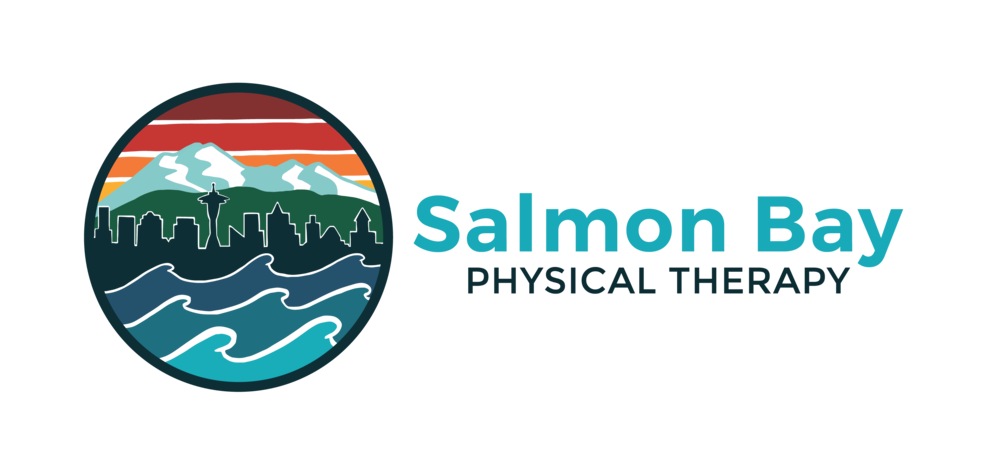Monitoring our heart rate during exercise is an excellent way to determine and quantify the intensity of our workout. But what intensity should we be working out at and what is the best way to calculate this? The traditional method of calculating your target heart rate (Percentage of Predicted Maximum Heart Rate) factors in only your age (Predicted Max HR = 220 - Age). For example, world-class ultramarathoner Scott Jurek is 46 years old and therefore has a predicted maximum heart rate of 174 beats per minute (bpm). While using this traditional method, most recommend a target heart rate zone (the zone you want your heart rate in during exercise) to fall between 50-85% of your maximum heart rate. For Scott Jurek, we find his target heart rate zone to be roughly 87-148 bpm. The benefit of this method lies in the simplicity of the calculation. However, there are shortfalls of utilizing this method to calculate target heart rate zones. First, the range of this target heart rate zone is much too large and subsequently not very prescriptive. Second, the low end of this target heart rate zone may not be attainable during exercise, especially in older adults with higher resting heart rates. For example, the predicted maximum heart rate for a 75 year old woman is 145 bpm. Let’s assume this individual has a resting heart rate of 75, which is fairly typical. Utilizing the traditional method results in a calculated target heart rate zone of 73-124 bpm. As you can see, her resting heart rate is higher than the low end of her target heart rate zone for exercise. Therefore, the percentage maximum heart rate method of calculating her target heart rate zone would say she is exercising at rest, which is nonsensical. In other words, the traditional method often prescribes heart rates that are too low when working out at lower intensities, especially in older adults. Third, the traditional method fails to factor in your level of fitness, thus overly simplifying exercise prescription for a variable population. Since the traditional method of calculating your target heart rate fails to factor in your resting heart rate, it will prescribe the same target heart rate zone for Scott Jurek as an age-matched couch potato who smokes two packs per day. You see, as you become more fit, your resting heart rate will decrease as your heart becomes stronger and subsequently more efficient at pumping blood to the rest of your body. A highly trained athlete may have a resting heart rate of 48 bpm while the sedentary smoker may have a resting heart rate of 88 bpm. If they are both 40 years old, the traditional method of calculating target heart rate would recommend exercising between 90 and 153 bpm for both individuals. The traditional method therefore lacks this level of specificity.
So what is a better way to calculate your target heart rate zone? The answer is using the Karvonen method, otherwise known as the Heart Rate Reserve (HRR) method. The Karvonen method factors in both your age and resting heart rate, allowing for a more precise and effective target heart rate zone. The low end of the target heart rate zone tends to be at a higher heart rate than the traditional method of calculating target heart rate zones, while the predicted maximum heart rate is still the same. Those with a higher resting heart rate will see a higher number at the low end of the target heart rate zone as compared to those with a lower resting heart rate, to account for variability in the baseline levels of cardiovascular fitness within the population. Click on the link below to calculate your target heart rate zone using the Karvonen method:
Once calculated, it is recommended that you use this target heart rate zone to monitor your intensity during your workouts, in order to ensure that you are exercising at an intensity high enough to provide a cardiovascular benefit. This will help you get the most out of your exercise routine moving forward.
To find more information on heart rate or how to find your pulse, CLICK HERE.



